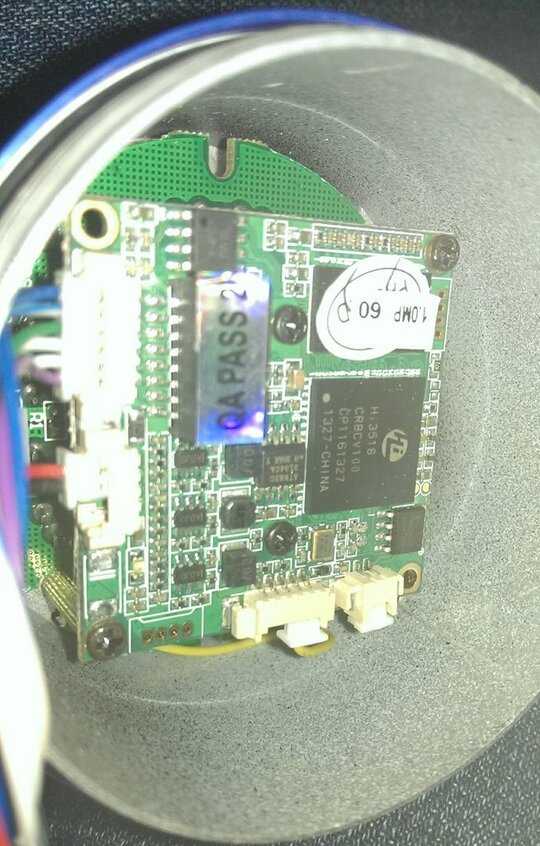3
I made a really dumb mistake today.
I bought a network camera a few days ago from some reseller on eBay, and it's running embedded Linux. I'm not sure what I did, but I edited /etc/network/interfaces, rebooted, and now the device is no longer taking an address from DHCP.
There really aren't any other obvious ways to access it. The device has: an Ethernet in and a power in. The board itself is almost entirely unlabeled, so I'm stumped. All I know is that lsusb had returned two unused ports (I'm guessing it would be for a wireless interface over USB, considering it had all the files for wireless, just not an interface) and the flash memory is on-chip. What do I do now? Did I just brick it?
If I did: agh.
I tried a crossover cable; it did not work. Plugged it in, no response. Checked Wireshark and it was a ghosttown, except for me. Here are a couple images:
The area on the underside of the board is the CMOS sensor and lens apparatus. The second board underneath has no connection to the mainboard except for power. I wasn't expecting the CMOS sensor to be so exposed, so when I lifted the top board, I shivered in fear!


Please keep the content of your question safe for families (the "If I did" part) – miniBill – 2014-03-11T05:52:48.050
1I just removed it! – Kevin Evans – 2014-03-11T14:38:57.807
Can you add a model number? If it's custom device, how about an image of the pcb in case there are some potential reset jumpers. – jdh – 2014-03-11T14:49:44.327
There is no visible model, unfortunately. I did upload a few images and can take more if needed. – Kevin Evans – 2014-03-12T01:05:06.317
1You didn't happen to note down what you changed in /etc/network/interfaces did you ? – Lawrence – 2014-03-13T06:25:29.293
1I could be wrong, but it looks like it has JTAG availability. – AWippler – 2014-03-14T18:37:15.587
@AWippler - it is hard to for me to say as well, but I think it's a definite possibilty. I wonder if those two sections of 4 pins each could be tested with serial connection wires, to me it looks like 1 ground and 3 live pins each. Wish I could see a model name for the board or under those stickers. – Garet Claborn – 2014-03-20T03:27:50.873
Anyone know what brand that "Hi" logo is from? – Garet Claborn – 2014-03-20T03:29:03.267